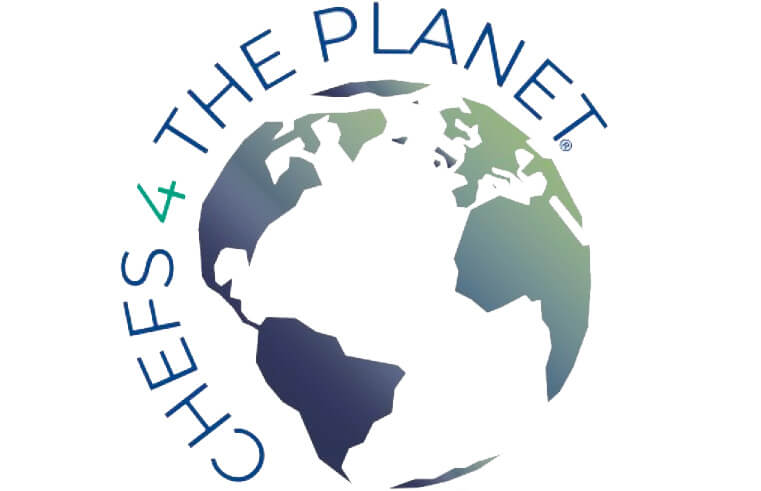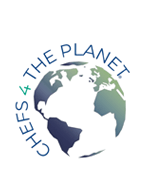- A safe food supply begins with protecting crops from diseases and toxins.
- Today’s crop-protection products are designed with people and the environment in mind.
- Sound crop protection helps protect the environment by optimizing the use of existing farmland.
World Food Safety Day earlier this week reminded us of a harsh reality: Roughly 600 million people around the world suffer from food-borne illnesses, while an estimated 3 million die from illnesses contracted from unsafe food or water.
This annual toll touches every part of the world, though the worst impacts are felt in regions like sub-Saharan Africa and South Asia, where there is less access to refrigeration and other modern food-preservation technologies. While major improvements have been achieved in some regions since the 1980s, the problem is still vast and urgent.
Dangers in food supply can occur at any stage of the farm-to-fork process. Many of these relate to food preparation, and every cook must take all available precautions to maintain a clean, safe kitchen. Less well known is what can be done to ensure food safety earlier in the process, beginning on the farms where it is produced.
A safe food supply starts with sound agricultural practices, which include protecting crops from being contaminated by pathogenic microorganisms and potential toxins.
Agronomists have an outsized role to play
In recent decades, thanks to successful research and development in the field of agronomy, a wide variety of crop protection products have provided farmers with a set of carefully tailored tools for the production of safe and healthy crops.
For example, Fusarium is a common fungus that can produce deadly mycotoxins in wheat, corn and barley. Recently developed broad-spectrum fungicides are now being used to prevent the spread in these crops. These agents play an active role in protecting the health of consumers and avoiding waste in having to destroy the infected grains.
In the past, pesticides, herbicides and fungicides have themselves sometimes been viewed as threats to the safety of food and water.
But innovation in crop protection products has come a long way since Rachel Carson pointed out the risk they posed in her seminal 1962 book Silent Spring. Today’s crop protection agents are developed with both human health and the environment firmly in view.
Over the course of the last 60 years, these agents have become more targeted and more effective and they are applied much more sparingly. Since the 1950s, the agronomy sector has achieved a remarkable 95% decrease in the average application rate of active ingredients per hectare. At the same time, multiple innovations have led to crop yields from farmland more than tripling. These measures to make everyone’s food safer have been reinforced with the Codex Alimentarius, the open, transparent system of international standards established in 1963 to protect consumer health and promote fair practice in the food trade.

A deep respect for health and the environment
As it happens, more than a few of today’s crop protection products are obtained from natural sources or are so thoroughly tested by time that they are considered traditional practices. This means they are commonly found in use on farms that specialize in growing organic produce.
Organic or not, farmers around the world today depend on a range of active ingredients to make their farms more productive and their crops safer for consumption.
Those of us working in the field of agricultural science are well aware these advances are not always appreciated by people who wish insecticides and fungicides were not a part of the global food system. Viewed in a certain light, I agree with them. But I have seen first-hand the destruction wrought by pests and the impact of a failed crop on farmers and their families. The devastation inflicted by swarms of locusts this year in Africa and Asia is just one case in point.
Read more: https://www.weforum.org/agenda/2020/06/global-food-safety-crop-protection-climate/


